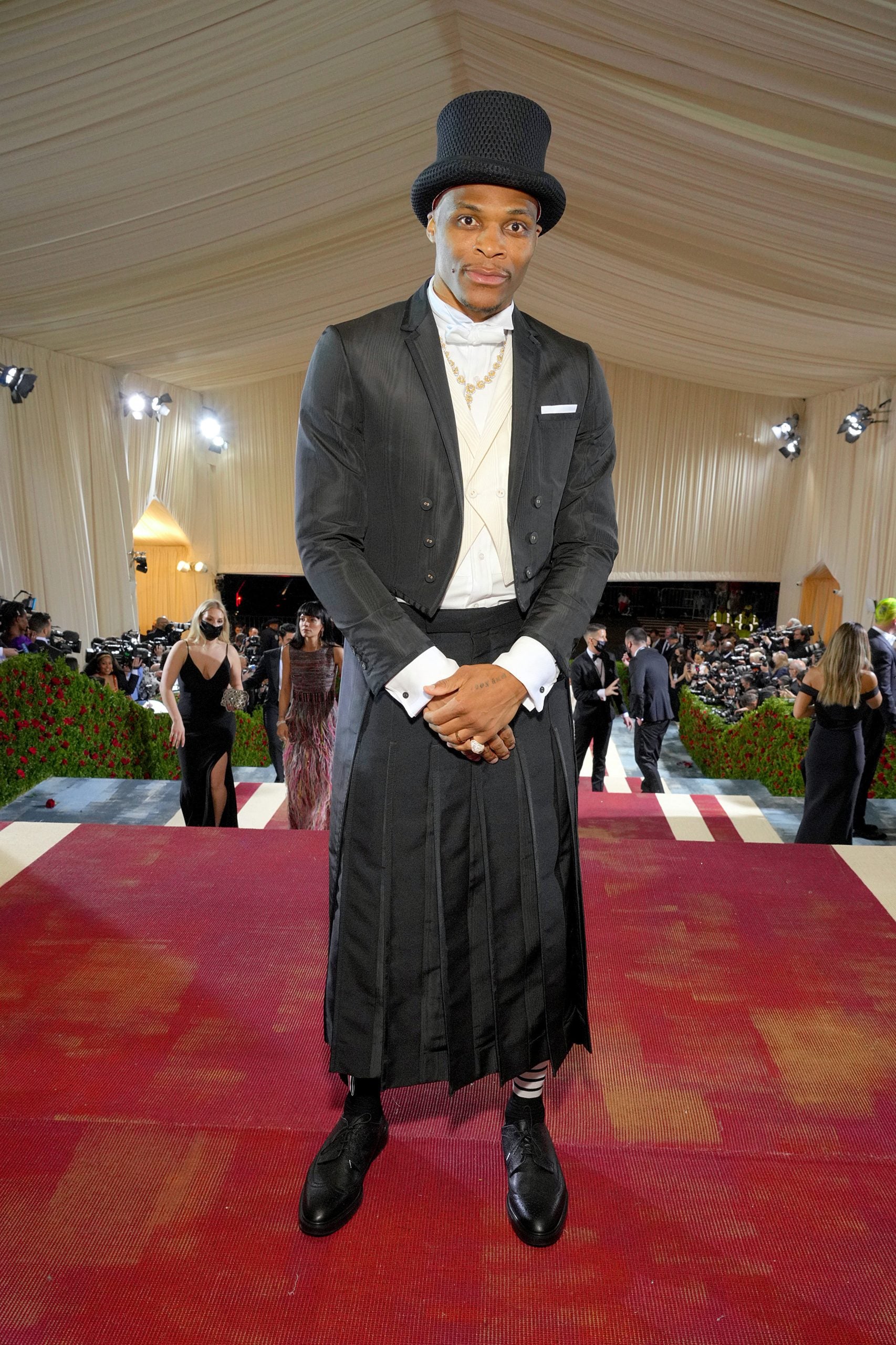
Sometimes, I’m confused about what we’re asking of men in 2024. At the bare minimum, we can all agree we expect men to not be disrespectful, aggressive, oppressive, and violent towards women. When we move beyond that expectation, it seems we start getting into murky waters. The current consensus online, based on the viral memes and blog comment sections, is that we want men to stop being “sassy.” For those unfamiliar with the lexicon, I’ll give you a quick debrief of what sassy men in 2024 are.
When a man is sassy, he’s exhibiting feminine traits, which many women believe are forbidden. To drive the definition home, some examples of sassiness include men doing dances that incorporate waist movement, wearing Van Cleef & Arpels bracelets, or rocking crossbody bags. Another common grievance women point to is men being “too emotional.”
Now to my initial point, I’m confused about what we want from men because we want them to stop being toxic but won’t give them the room to show up as their full, authentic selves. And I think we don’t realize that toxicity is often a byproduct of not being able to be your true self.
While I understand online banter and am well-versed in it, calling men sassy is problematic. I don’t think anyone should be shamed for expressing themselves, especially when that expression is done ethically. And yes, that includes men.
My highest value is freedom, and everyone, including men, should be given the space to express themselves without being emasculated for it. Painted nails, waist winding, crossbody bags, and Van Cleef & Arpels bracelets on men may not be your idea of masculinity, but that doesn’t mean you should shame them for it.

As a mother of a young boy, I have had to learn to give my son the space to express himself without boxing him in within my toxic views of masculinity. He has gone through phases of loving pink, wanting to wear makeup, and trying on heels, and my knee-jerk reaction has been to tell him that “boys don’t do that.” However, I’ve had to interrogate these ideas and be honest about how they uphold the same patriarchal views that I fight to free myself from every day. I’ve also had to ask myself why I’m so afraid of allowing my son to explore so-called “feminine” things. How could I want to be embraced in my full feminine glory but then shame men who embody some of that femininity? The conclusion I came to was that I was struggling with some internalized homophobia, and I needed to unlearn that. I think people calling men sassy should engage in similar self-interrogation and do some unlearning too.
Another reason using this emasculating language to describe men exhibiting feminine traits is harmful is that it perpetuates the toxic masculinity we women say is harmful to us. As a reminder, some common traits of toxic masculinity include homophobia, stoicism, violence, and emotional suppression. We want men to unlearn these unhealthy traits but won’t let them embody other ways of existing without questioning their masculinity. We complain men are emotionally repressed but reject every expression that doesn’t align with our archaic views of masculinity.
It’s critical that we create space for men to redefine masculinity and do so in a way that feels true to them as individuals. And that means as women, we have to challenge our views about how men should be. It’s fine to have a preference, but it’s not ok to emasculate men by shaming them because their self-expression doesn’t align with your idea of manliness. I’m afraid that if we continue with the shame train, men who are attempting to break free from traditional masculinity will be bullied into putting back on the costume of toxic masculinity, even though it no longer fits. And that directly affects our liberation as women.

We also should remember that when you deconstruct one identity, you have to craft another one. That means a man going from suppressing his feelings to sharing them may overexpress himself or be “too emotional” at times. Or maybe he has always been sensitive but has had to suppress that part of him, so he is relearning how to be himself. Likewise, a man who has been told he can only wear blue may explore bright feminine colors to free himself and carve out an identity that feels true to him.
Calling men sassy is not just a joke—and no, I’m not too sensitive for calling it out. If we truly want a world where women are safer, that means we must continue to unlearn patriarchal values that are counterproductive to that goal. That unlearning takes place not only on macro levels but also on micro levels, such as within comment sections and conversations with your homegirls.
I have learned to embrace Lil Uzi Vert rocking pink hair and a belly ring, Dwyane Wade and his painted nails, Calvin Royal and his fierce ballet moves, Tyrese crying on the internet, Jaden Smith sporting a skirt, and my son playing with the makeup app on his tablet. Their choice of self-expression takes nothing away from their masculinity, and if anything, it reinforces it. If we have a world where more men challenge gender norms and feel secure in their masculinity, we may have a world where women are safer and more empowered.